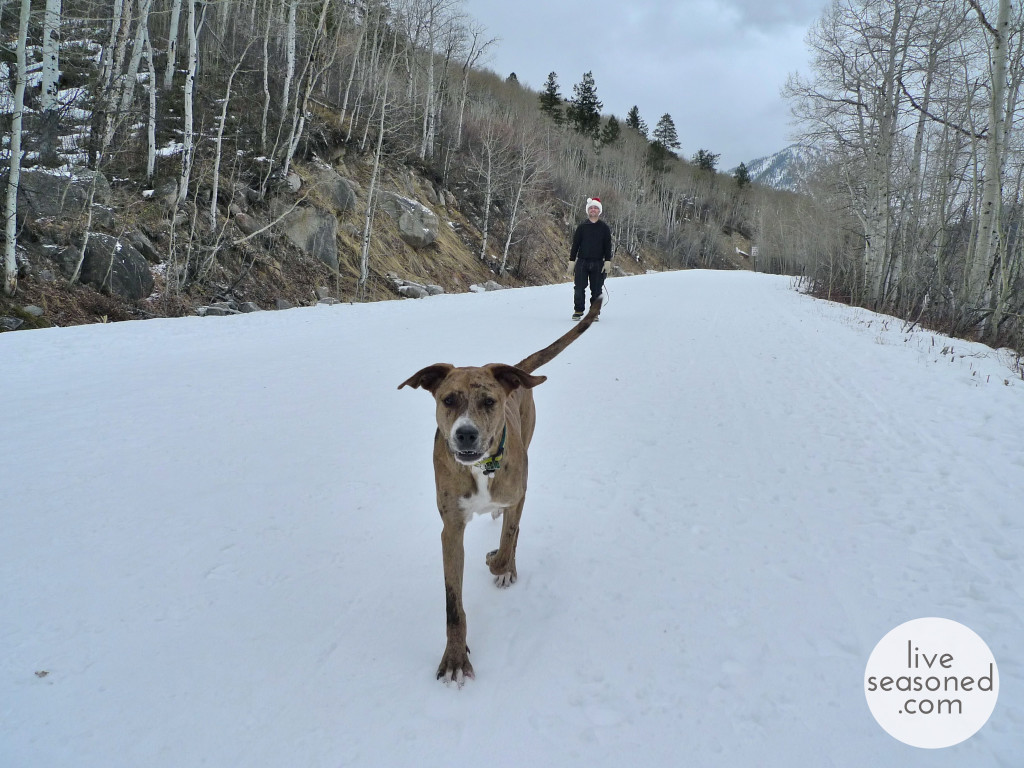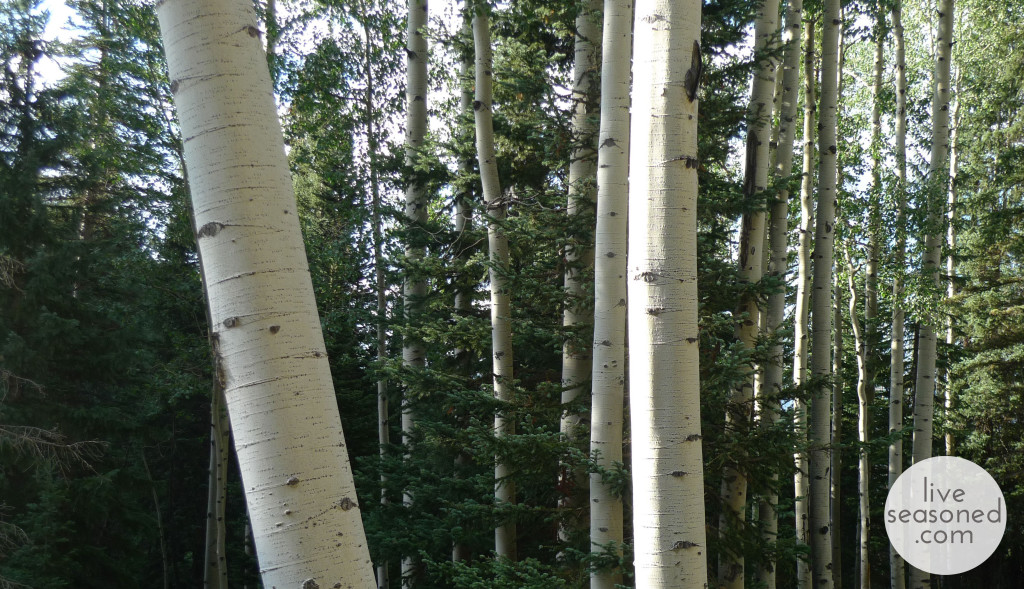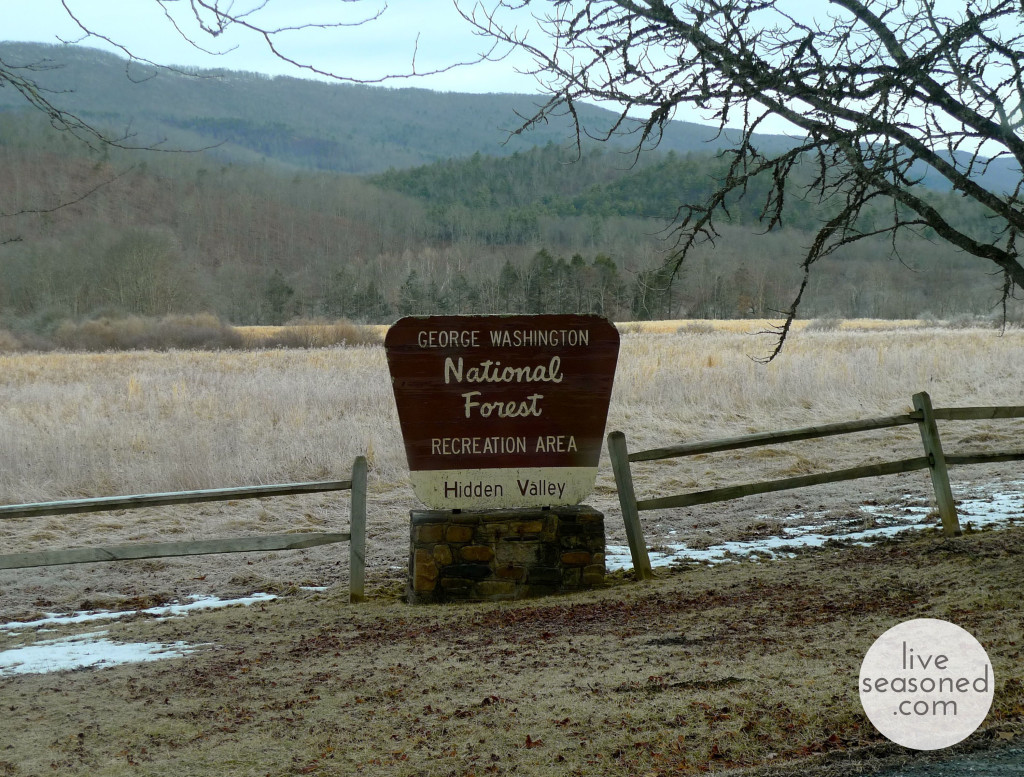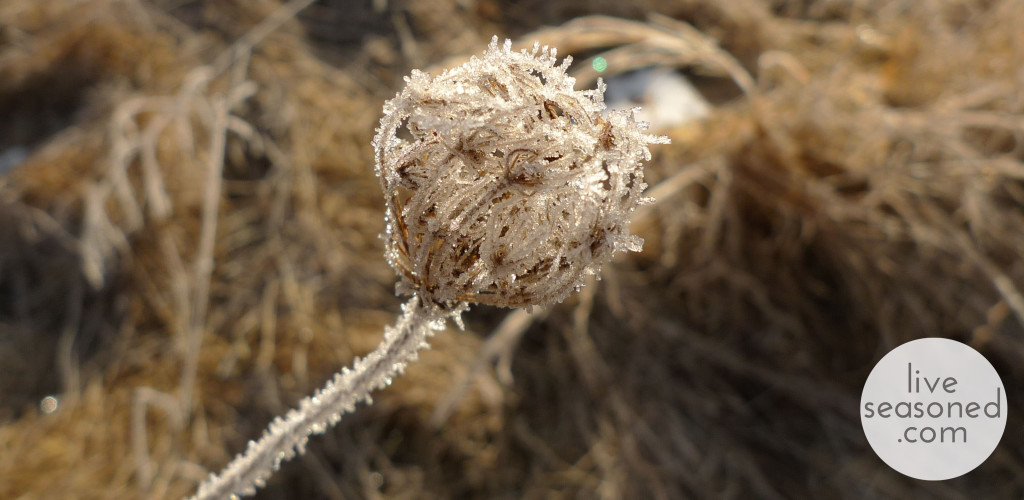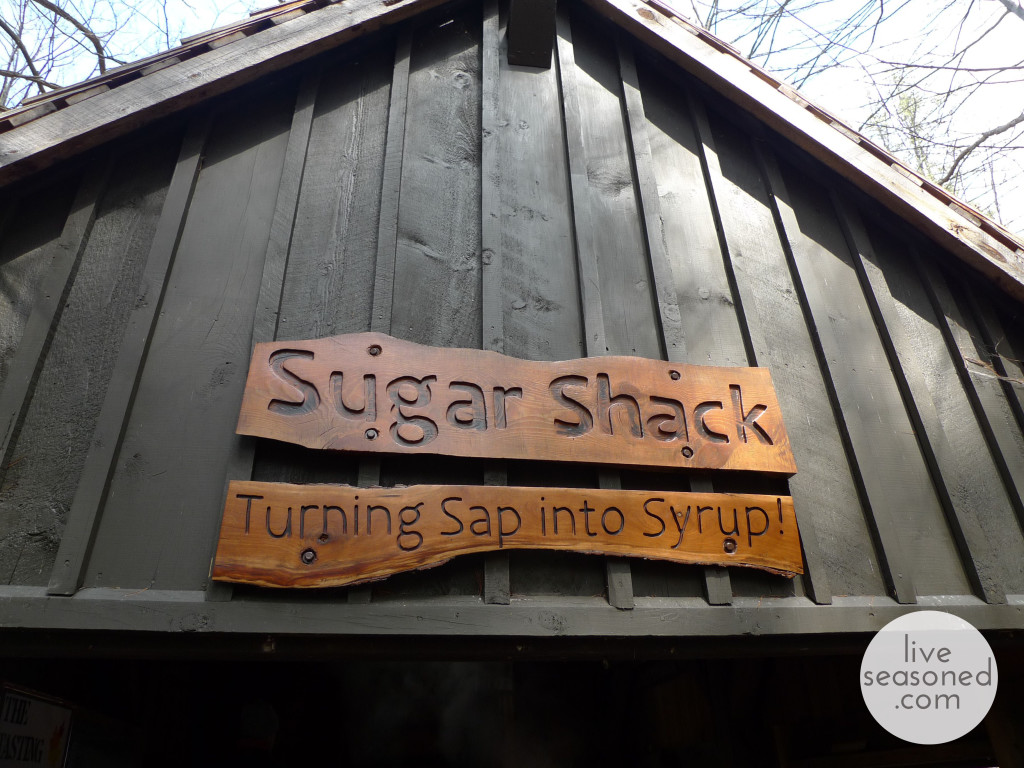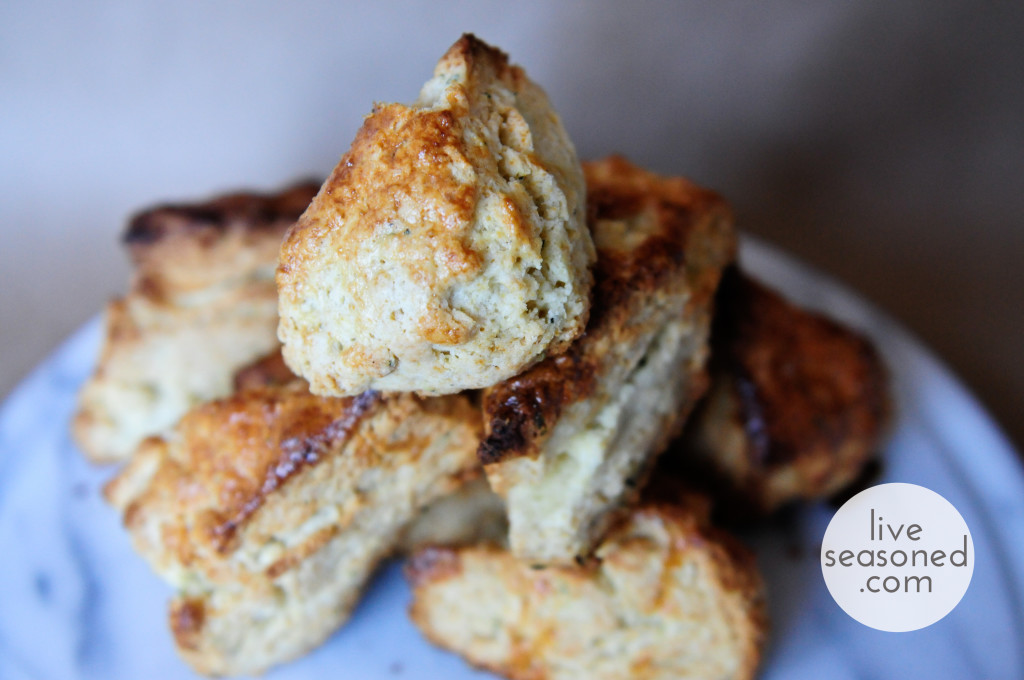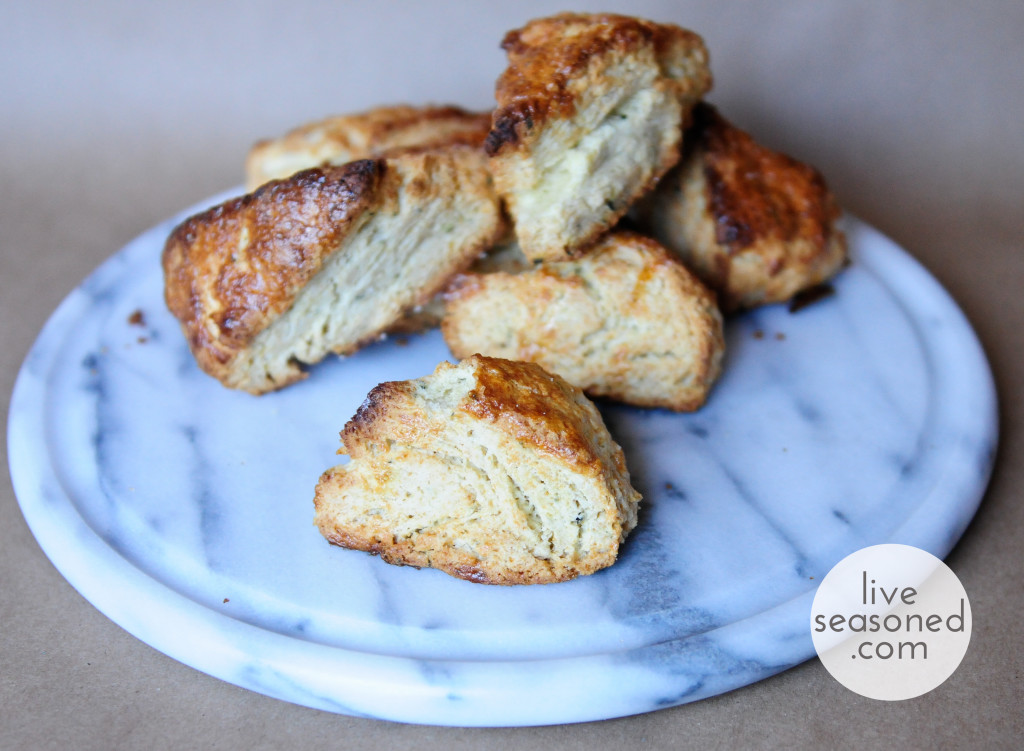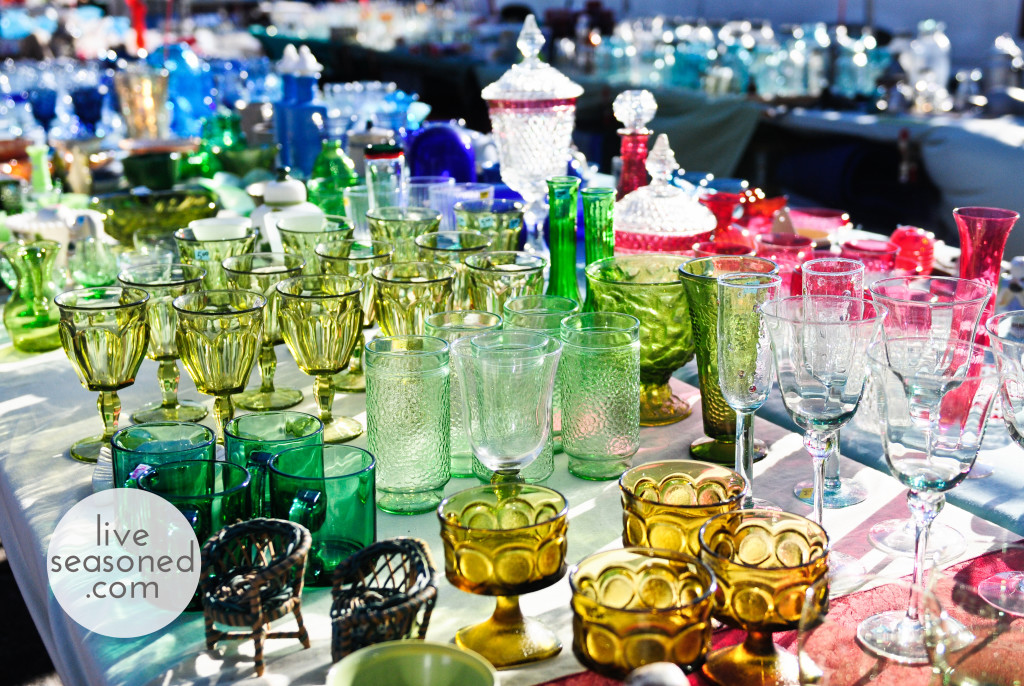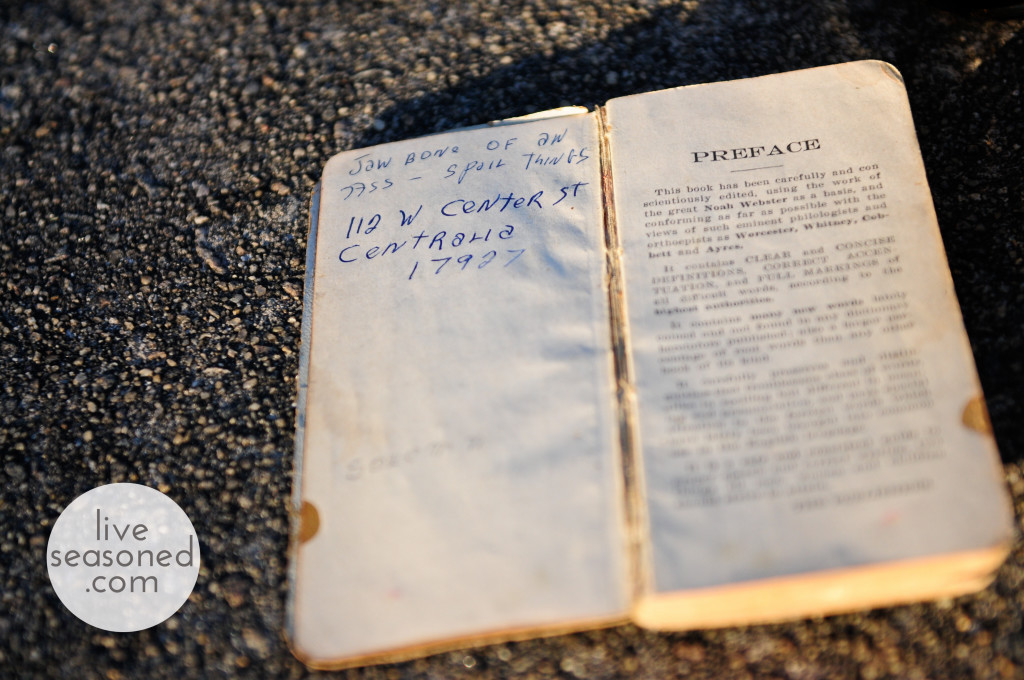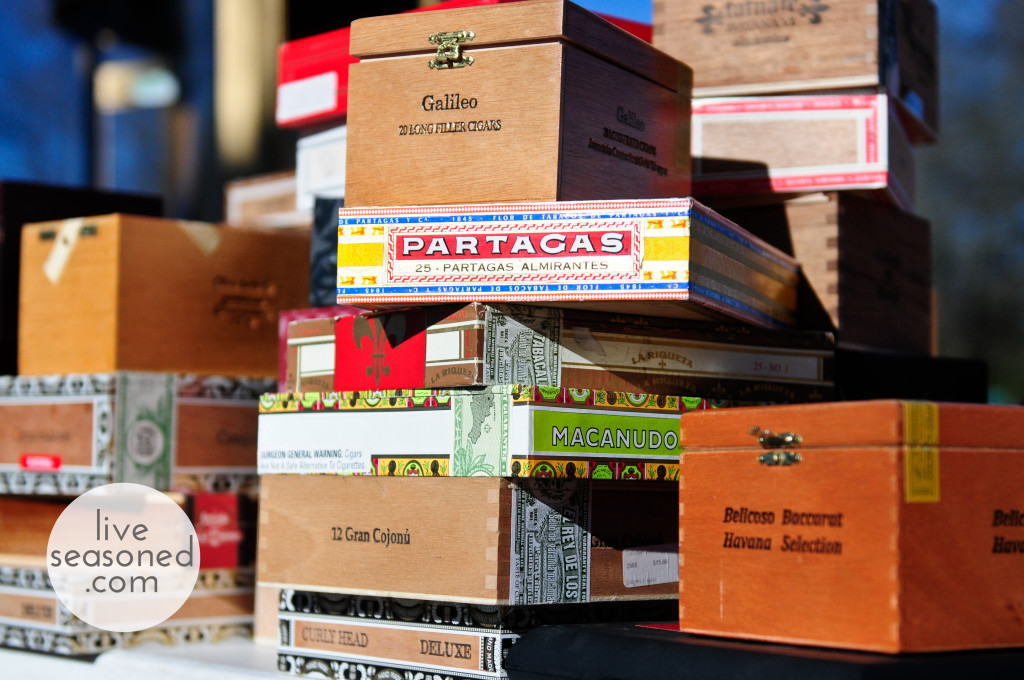*This post is probably best read as a drinking game ~ line up the shot glasses and knock one back every time we use the words excited and explore, or anything similar. What can we say, we’re excited (ding ding!).*
We have (ahem) exciting news ~ half of the Seasoned crew is moving west! To Boulder, CO, specifically, and we are jumping at the guns to explore our new digs.
We knew that sooner or later our current posts would be up and it would be time to move. For the longest time we didn’t know where to go, batting around east and west coast ideas, and just dabbling at the thought of planting ourselves in the majestic scenery that is the Rockies. Then, as luck would have it, an opportunity came up for Calder, and we jumped! We’re moving in shifts this summer, with a little bit of back and forth because there’s east-coast-beach-fun that has to happen before we settle out west.
Needless to say, I’ve been researching all things Boulder, trying to learn more about the new place we’re going to call home. I thought it would be fun to share a bit of what I’ve discovered, and if you any suggestions, please share!
- Perhaps one of the most surprising things to me is that we can expect to have better weather than we’ve experienced living in central PA. The Boulder area folks are quick to point out that they average about 300 sunny days per year. Calder’s first reaction was “that’s excessively sunny,” which still has me laughing; we are so used to the cloudy and overcast days here.
- In the interest of research, we’ve been looking for movies filmed in Boulder, so far all we have is Catch and Release. The reviews are average, but C and I loved it! Have any other recommendations?
- Bon Appetit named Boulder America’s #1 Foodiest Town. The sheer quantity of restaurant mentions and food-based blogs that have come up in my online searches for Boulder, suggest there’s something to this. It’s obvious that there’s a lot to explore, and I can’t wait to get out there to start sampling and sharing my experiences. And of course there are a million and one CSAs ~ which to choose?
- Likewise, there’s a healthy brewery, distillery, and winery scene. Is there any question that I’m beyond excited to report back?
- So of course, with sunshine, good eating, good drinking, and good mountains, it’s no surprise that Boulder has won a slew of “happiest/healthiest city” awards in all variations of the phrase.
- Hiking is going to be a whole new adventure as I learn about Boulder’s grassland ecosystem and the ponderosa pine forests, which are both so different from the humid forests of PA. Along the same lines, I’ve been researching native plants with the hopes that we’ll eventually have a yard that needs tending.
- And then there’s the biking. I think this sums it up: they don’t just have bike lanes, they have “bike routes”, “sharrows”, “multi-use paths”, and underpasses so you don’t have to even intersect with cars. Everything will be done by bike (until we get cold)! When Alex was born, my mom bought a Taga, and I think we’re going to clock a lot of miles on it as we explore.
- I love a good city guide, especially written by a local, and find myself heading straight for Design Sponge’s guides whenever I’m going to a new place. So of course, I immediately opened their Boulder guide, and am excited to visit their recommendations.
We’ve visited Colorado quite a bit (thus the Colorado photos in this post), and Calder even lived out there for a year in high school, but neither of us have spent much time in the Boulder area. As I said above, we would love recommendations ~ if you’ve been there or live there, give us some tips!
But ugh, as exciting as this is, I still find a lump in my throat when I think about moving so far away from my east coast home and family. My head is a whirlwind of “you only live once” excitement mixed with the homesick blues. {Sarah here: I have that same lump! I also have excessively tapping feet because I can’t wait to plan my visit!} I hope that if anything, our lives will be richer because we already know the east coast up and down, so now we’ll get to explore the big mountains and skies of the west.

